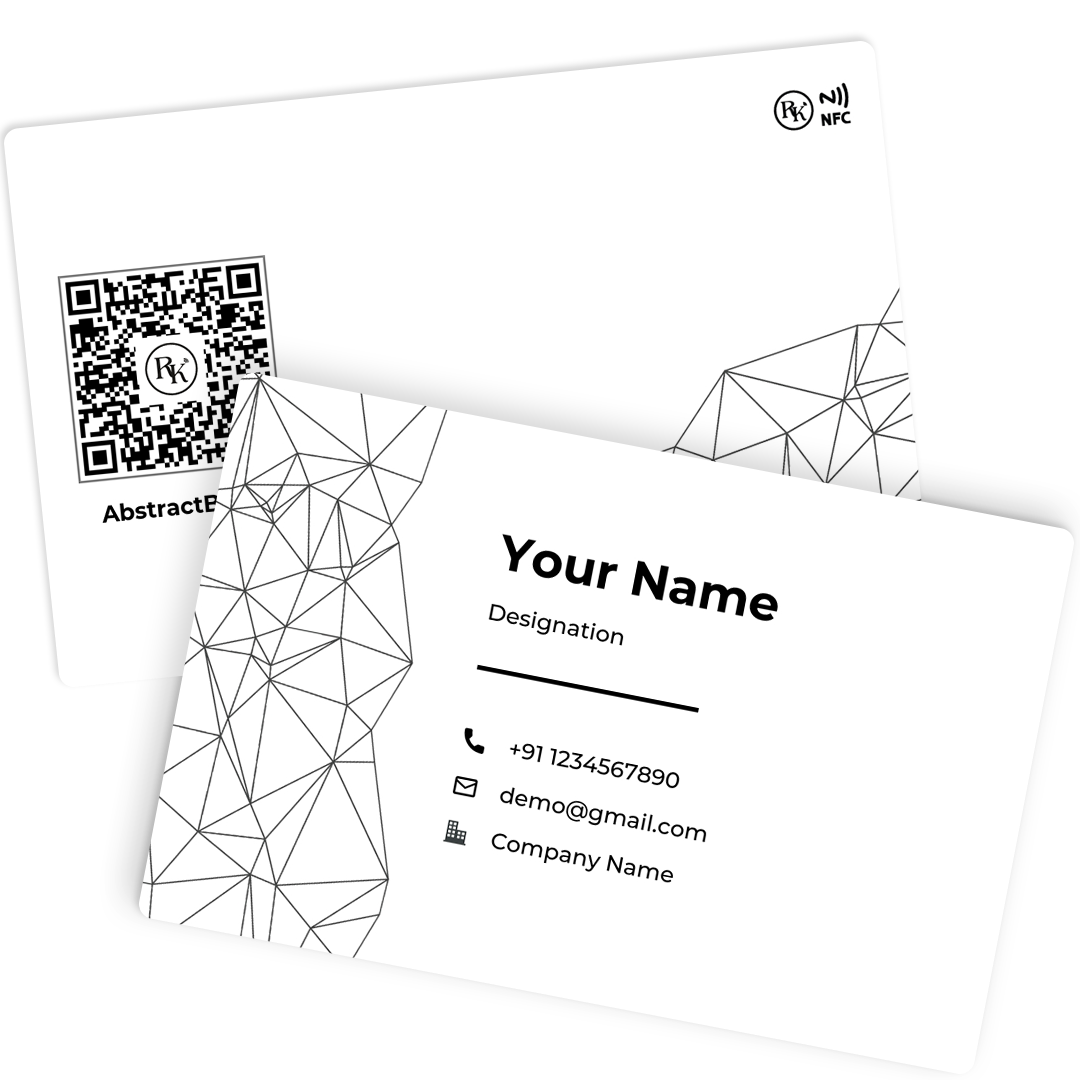In short, NFC is a standard for radio communication based on closeness. However, unlike Wi-Fi or Bluetooth, NFC interactions can only happen within a very short range.
Along with smartphones, NFC can be found on some laptops, speakers, souvenirs, and even Nintendo Switch and 3DS game systems. Right now, let's quickly look at what NFC is and how it works. We'll also talk about where you can find this technology in the real world later.
How does NFC work?
It was already briefly explained what NFC is, but how does it work? NFC is a familiar technology. Radiofrequency identification (RFID) technology, which has been around for decades, is just getting better. You know how it works if you've ever used a key card to get into an office block or hotel room.
Inductive pairing is the basic idea behind both RFID and NFC, at least for short-range uses. To do this, a reading device sends an electric current through a coil, creating a magnetic field. The magnetic field creates an electric current inside the tag when you bring it close to the reader. There are no wires or even direct touch. As soon as the initial handshake is over, the reader receives the data saved on the tag remotely.
One big difference between RFID and NFC is how far they can send information. RFID is usually used over longer distances. For example, RFID is used in some places to collect road tolls automatically. Toll boxes can be skipped by putting tags on cars' windscreens. RFID tags that have a power source can communicate over even longer distances, like 100 feet or more.
Is NFC safe?
Some people feel uncomfortable with the idea of paying with their phones, especially since we're used to keeping our wallets close to our chests. On the other hand, NFC payments are very safe—much safer than magnetic stripe cards.
When you use a magnetic stripe card, the information is static—it's all on the back of the card. But when you use NFC, the information is protected and dynamic, which means it's always changing. Let's take a closer look at Apple Pay, a prime example of NFC payment security. To safeguard your bank information, it employs a sophisticated system known as tokenization. This process involves converting your credit card details into a unique code, ensuring that your sensitive data remains secure.
Please take a picture of your credit card and load it into your iPhone (read our full guide on how to set up Apple Pay). Then, Apple sends the information to the bank or network that issued your card. The banks and networks will then swap your bank information with a code, which is a set of randomly produced numbers.
That random number is sent back to Apple, where it is stored in your phone. For thieves, this means that the account information on your phone can't be copied into something useful. Rest assured, NFC payments are not only convenient but also highly secure. With their dynamic and protected data, they provide a level of safety that is unmatched by other payment methods.
Conclusion
As opposed to Bluetooth, NFC can only work within a few centimetres. In most smartphone apps, the software will only start talking to you if you interact with it physically. This prevents triggers from going off by mistake, which is especially important since the technology is used to send private data.












